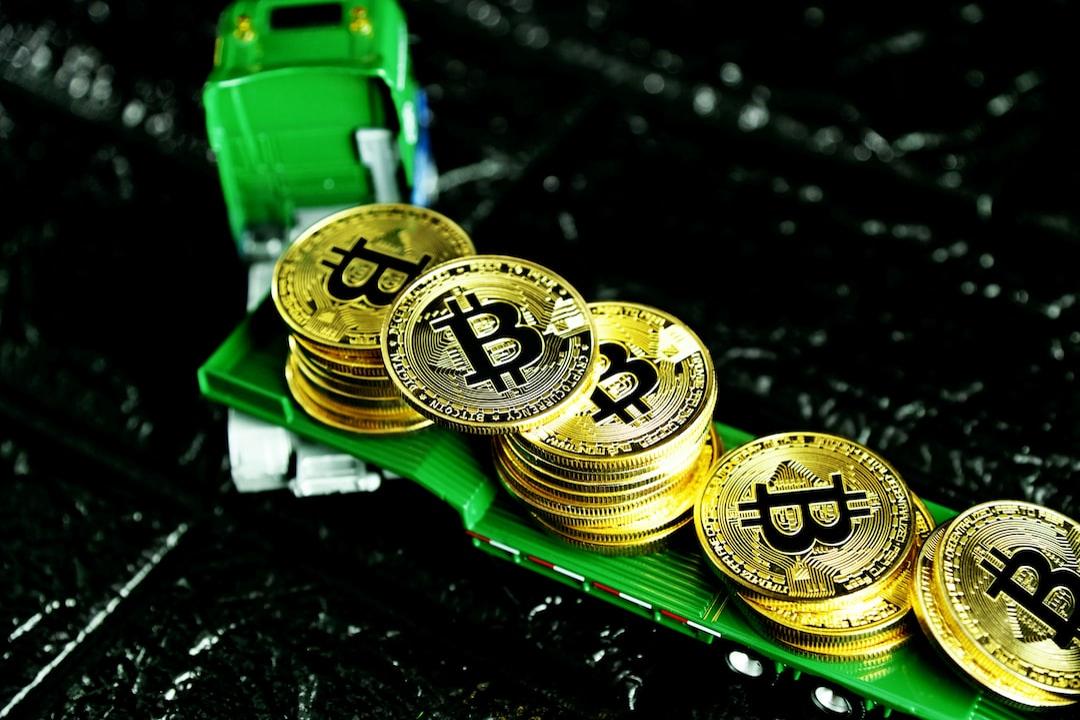Stagnation of Stablecoin Growth in the U.S. Market
Despite record-high cryptocurrency trading volumes in recent years, the U.S. market has faced some challenges over the past year. One such challenge is the trend of stablecoin trading activities gradually shifting away from U.S. regulated platforms. According to a research report by Chainalysis, this trend may reflect the obstacles stablecoins and digital assets face amid slow regulatory progress in the U.S.
Decline in the Proportion of Stablecoins Flowing into U.S. Regulated Exchanges in 2024
As of 2023, the share of stablecoin trading volume on U.S. compliant exchanges had been steadily rising, aligning with global growth in stablecoin adoption. However, in 2024, this trend began to reverse, as illustrated in the following images.
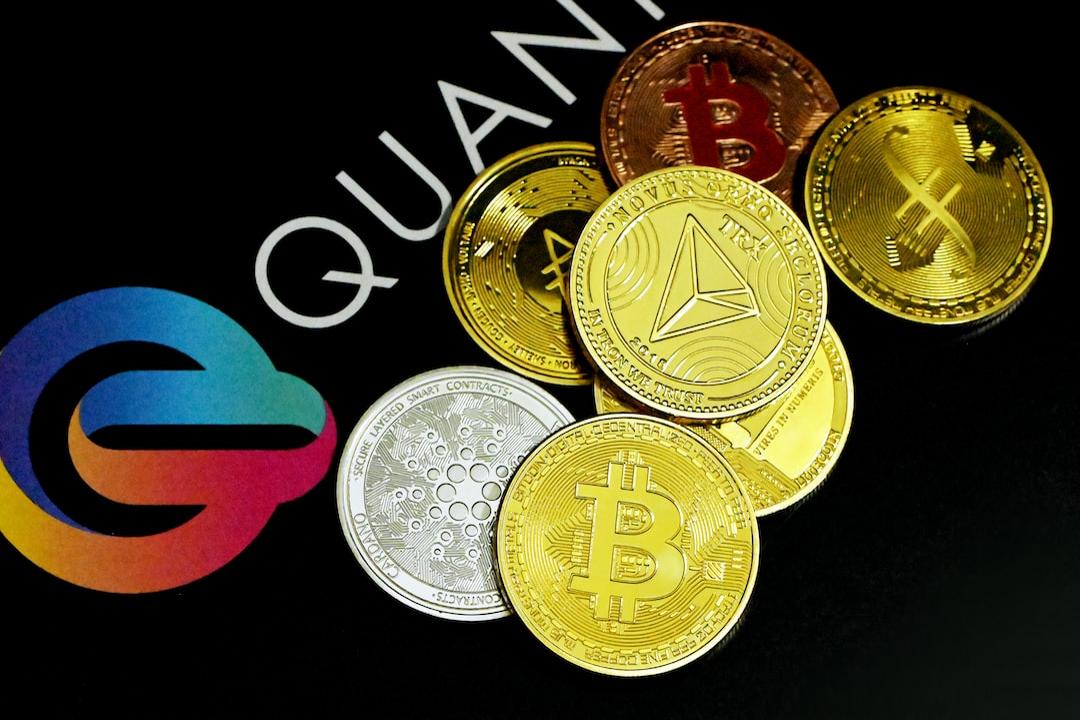
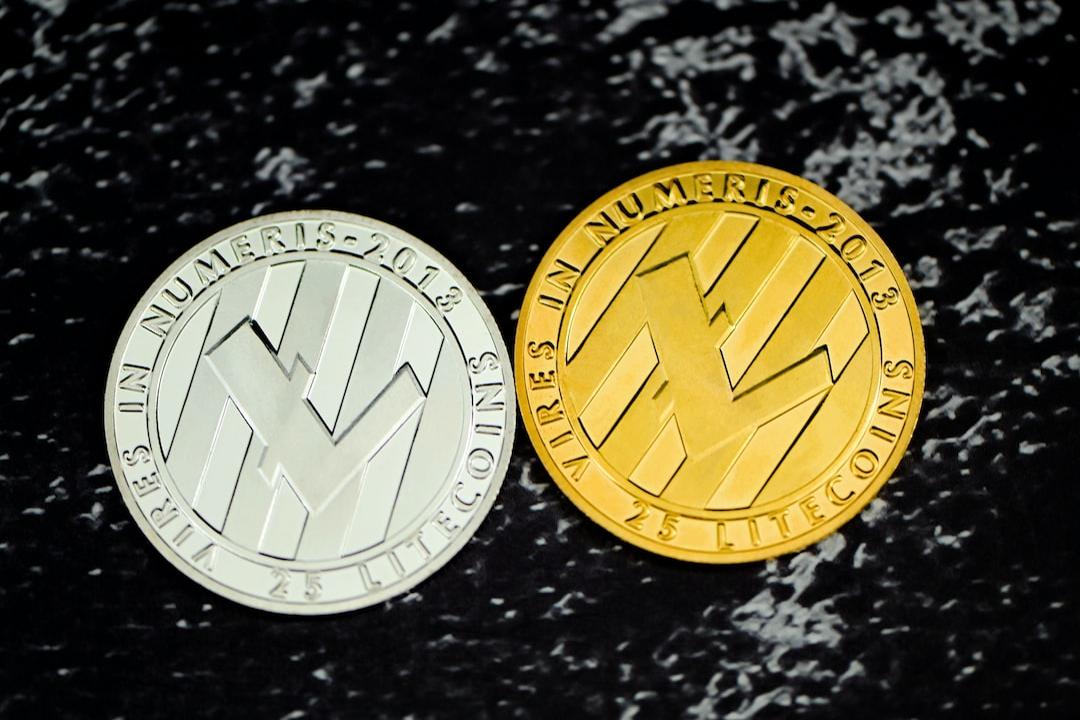
Proportion of Stablecoins Flowing into U.S. Regulated and Non-U.S. Regulated Exchanges
This shift reflects a relative decline in stablecoin usage in the U.S. market, due to a surge in stablecoin adoption in emerging and global markets, while the U.S. market’s growth rate remains relatively slow. Consequently, more stablecoin transactions occur on non-U.S. regulated exchanges, indicating that global demand for stablecoins is growing faster than in the U.S.
Faster Growth of Stablecoin Activity in Non-U.S. Markets
As shown in the images below, stablecoin trading volumes have increased in both U.S. regulated and non-U.S. regulated exchanges, but the growth rate is more significant in non-U.S. markets. These images do not imply a substantial decline in U.S. market participation but rather demonstrate the rapidly expanding influence of stablecoins in emerging markets and non-U.S. jurisdictions.
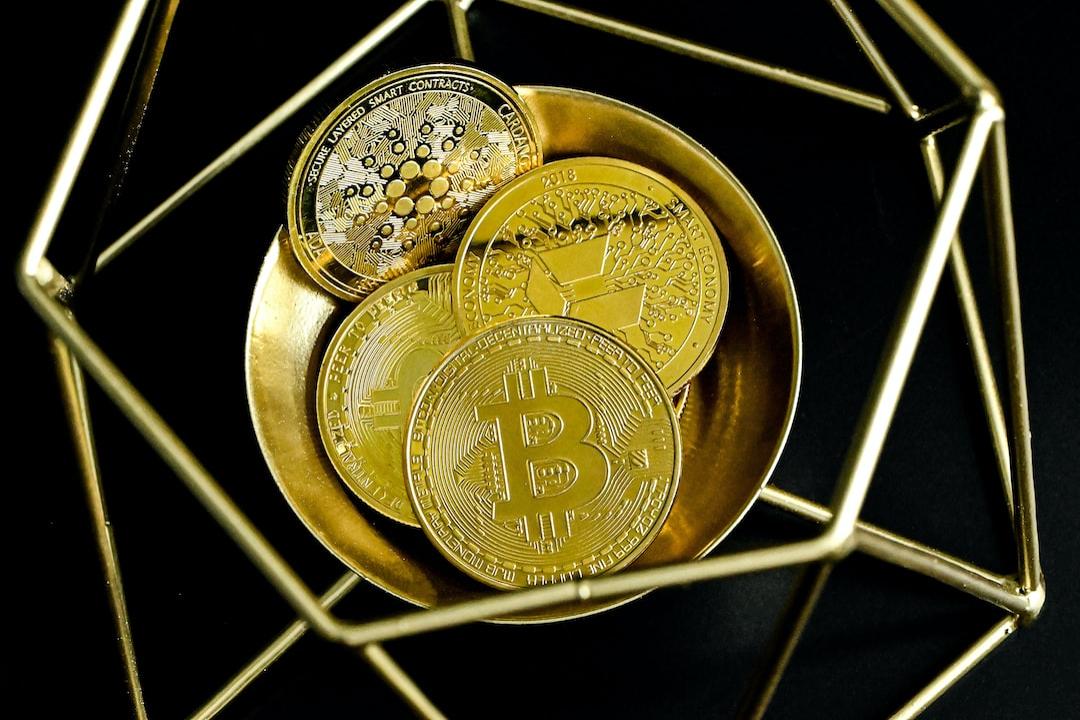
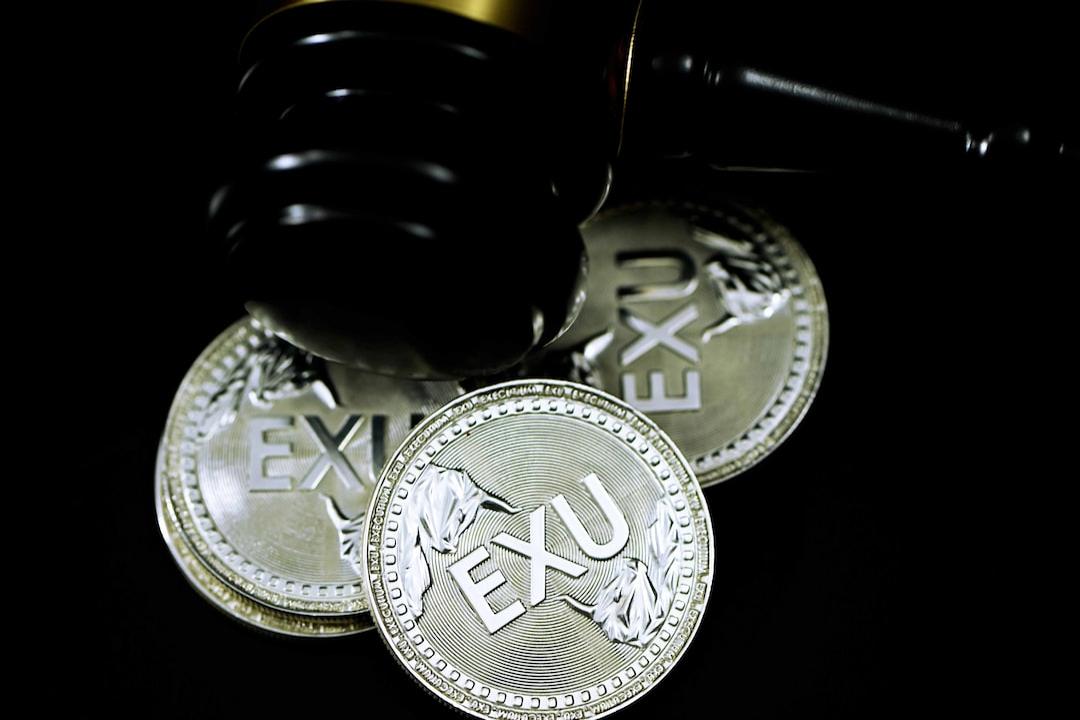
Growth in the Value of Stablecoins Received by U.S. and Non-U.S. Regulated Exchanges
Incomplete U.S. Regulation, MiCA Regulation in the EU Seizes Market Opportunity
A Circle spokesperson pointed out that the current lack of clear regulatory guidelines in the U.S. allows other financial centers (such as the EU, UAE, Singapore, and Hong Kong) to attract stablecoin projects with more appealing regulatory frameworks. They also mentioned, “Europe has achieved through MiCA regulations what the U.S. has not yet accomplished: providing legal and regulatory clarity for the entire digital asset market.”
Introduction to MiCA Regulation
The Markets in Crypto-Assets (MiCA) regulation, effective June 2024, provides a regulatory foundation for stablecoins in the EU.
The MiCA framework officially applies to stablecoin issuers from June, requiring them to obtain an electronic money institution (EMI) license in at least one EU member state to operate legally across all 27 member countries. An EMI license is a type of financial license that permits companies to issue electronic money, prepaid cards, and mobile payments. This regulation aims to protect users while promoting innovation in the cryptocurrency space.
Can U.S. Stablecoins Reimagine the Era of Eurodollars?
The uncertainty in stablecoin regulation mirrors the past “Eurodollar” market situation.
The “Eurodollar” market refers to U.S. dollar deposits held in financial institutions outside the U.S., which are not directly regulated by U.S. authorities. Initially small in scale, this market did not attract the attention of U.S. policymakers and inadvertently promoted the internationalization of the dollar, reinforcing its status as a global reserve currency.
However, the current regulatory situation for stablecoins is different. The lack of a clear regulatory framework has led to the development of stablecoins shifting overseas. If the U.S. continues to stagnate in regulation, stablecoins may not be able to reinforce the global standing of the dollar like the “Eurodollars” did, and might even shift to being based on other fiat currencies. This could not only cause the U.S. to miss out on economic activities related to stablecoins but also weaken the dollar’s influence and authority in global finance and on-chain commerce.
Current Development of U.S. Stablecoin Legislation
Although the U.S. faces challenges regarding stablecoins, progress is not entirely absent. Circle noted that the stablecoin bill advanced by the House Financial Services Committee in July 2023 could provide the regulatory clarity needed for the U.S. market to remain competitive. They urged Congress to pass this bill through bipartisan cooperation and establish clear anti-money laundering (AML), counter-financing of terrorism (CFT), and sanctions obligations for stablecoin issuers. This is crucial for maintaining the influence of U.S. stablecoins in the global market.

